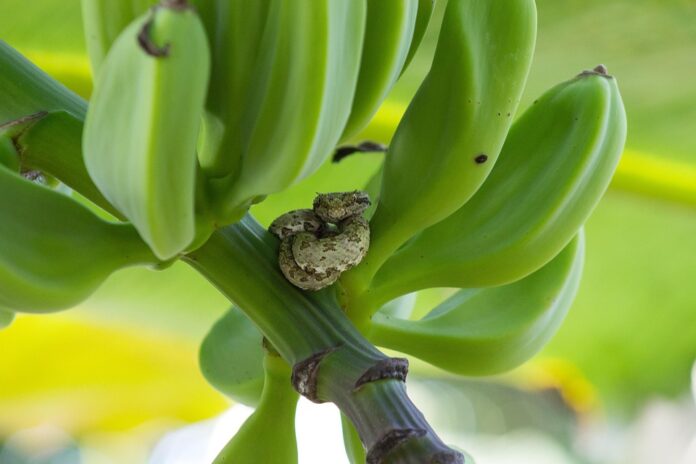Investments in nature restoration are paying back up to fifty times

© Sarah Tilkin
Investing in nature restoration in Belgium is a profitable thing. This is evident on Monday from a socio -economic impact analysis of three nature restoration projects carried out by research institution Vito on behalf of WWF, Natuurpunt and Natagora. Every euro that is invested in nature recovery pays for up to fifty times.
Source: Belga
Today at 7:08 AM
Nature in poor condition cannot realize its full potential. For example, less water is retained or less CO2 is collected. The urgency of defective water storage was once again turned out to be last week when Code Oranje and Code Red were announced in Flanders as a result of the extreme drought.
WWF, Natuurpunt and Natagora had three nature recovery projects (Kastanjebos in Herent, Demerbroeken in Scherpenheuvel-Zichem and Plateau des Tailles in Manhay/La-Roche-en-Andenne) calculated which social benefits had the investments made in nature restoration. The air and water quality, water storage and infiltration, carbon storage, recreation (job creation), health (less medical expenses) and real estate prices for nearby homes were taken into account.
This shows that the social return of such investments is amply positive. There are returns with factor 8 (in Demerbroeken), factor 25 (in Plateau de Tailles) to factor 51 (in Kastanjebos).
Specifically, the Kastanjebos, which belongs to the Natura2000 network of internationally important nature reserves, focuses on restoring haylands and pants forests. These investments have increased the number of visitors from 67,000 to 80,000 on an annual basis, which corresponds to 105,000 euros in extra spending. Moreover, the presence of green space results in less mental disorders and cardiovascular disease, which means that local residents together go to the doctor on average 40 times less, are less absent and have fewer medical expenses. This ensures a saving of 1.9 million euros on the health insurance costs for the government and companies.
Furthermore, the nature recovery in the Kastanjebos also helps in the fight against climate change. For the recovery, 720 tons of carbon was already collected in the area, the equivalent of the emission of 15 million car kilometers. The extra interventions provide an extra storage that corresponds to the emissions of another 2 million car kilometers and therefore a avoided cost of an average of 23,000 euros per year.
The investigation therefore shows that investing in nature is a profitable matter. This is not always about hard cash flows, but it is about savings for the government, for example in terms of health care, or benefits for private parties, such as homeowners or managers of catering establishments. Moreover, not all benefits can be expressed in money, so the real figure is probably even higher.
« Nature recovery is not only necessary to ensure a sustainable future and to ensure general well -being, but is also an excellent investment: an economic opportunity, » it sounds. The three nature organizations reach out for the government to ensure an ambitious nature restoration plan. Belgium has a year to submit such a plan to the European Commission.

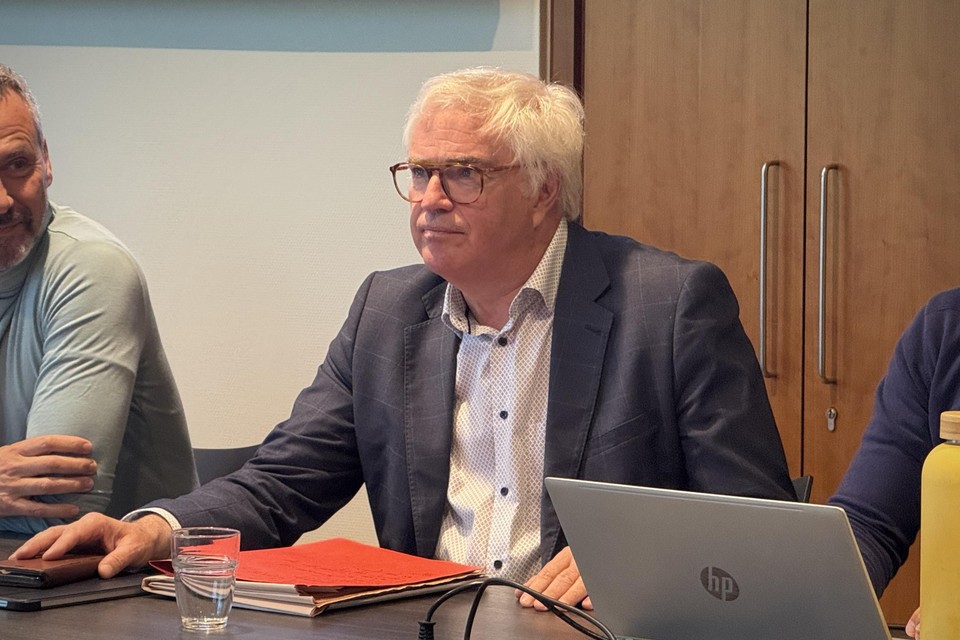
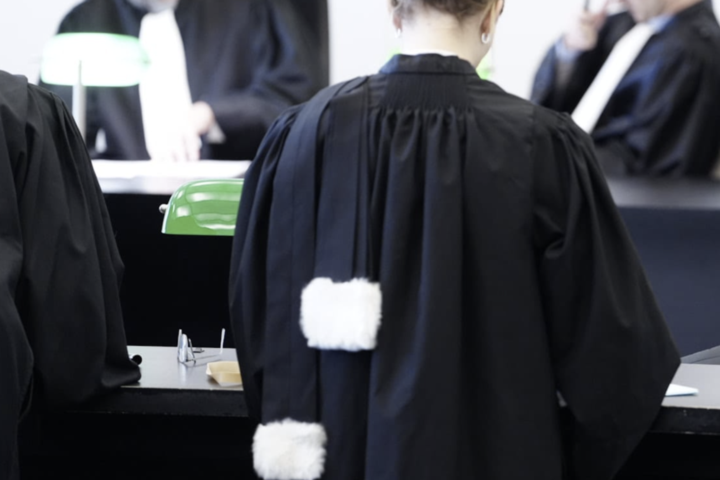

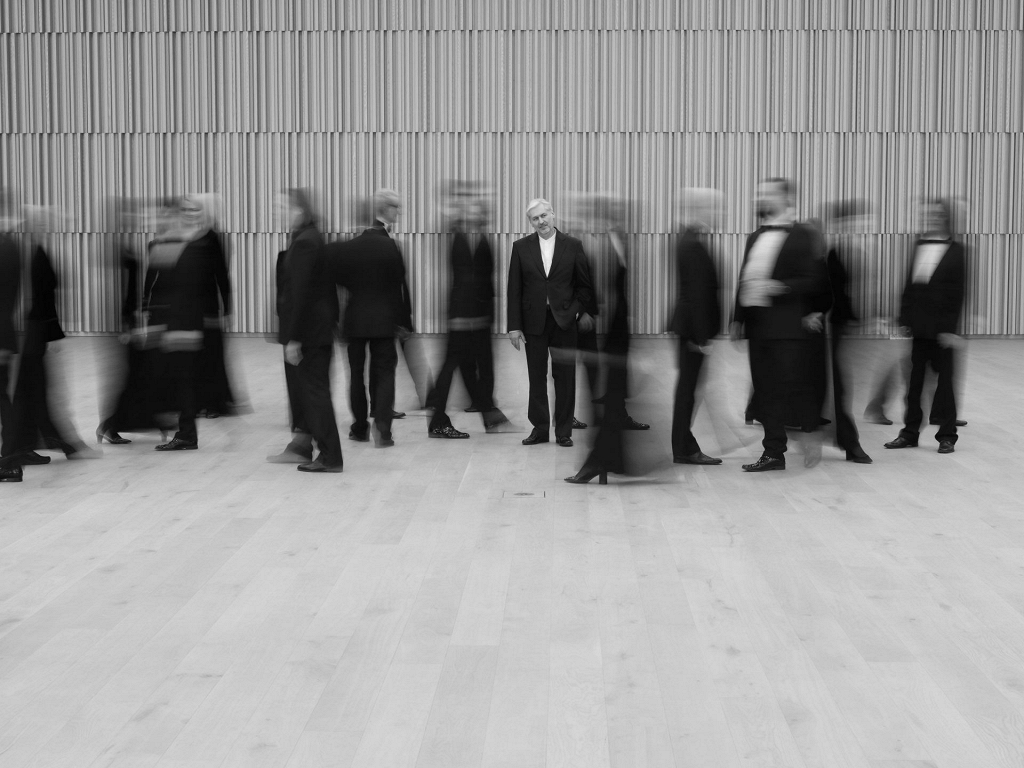
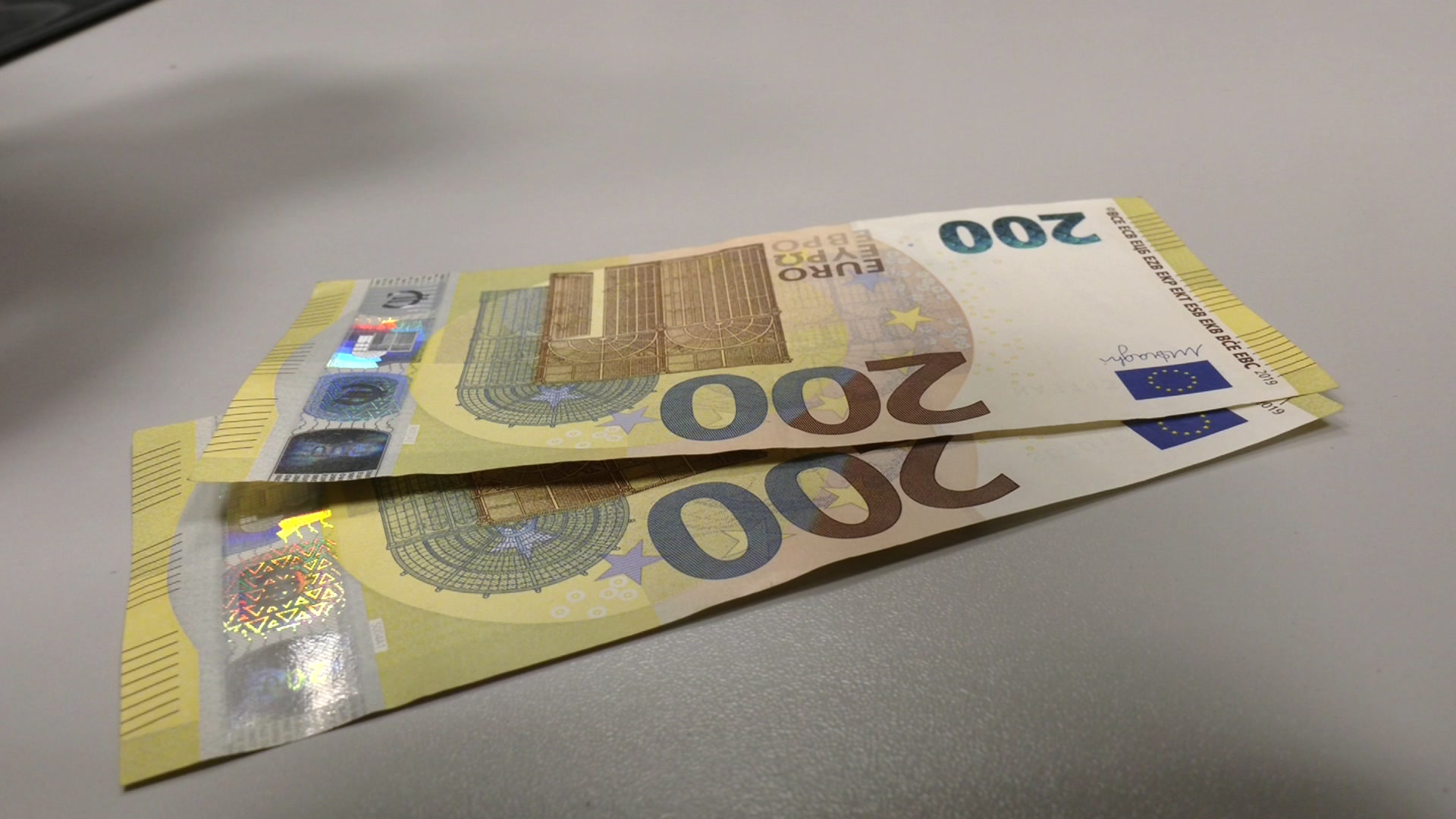
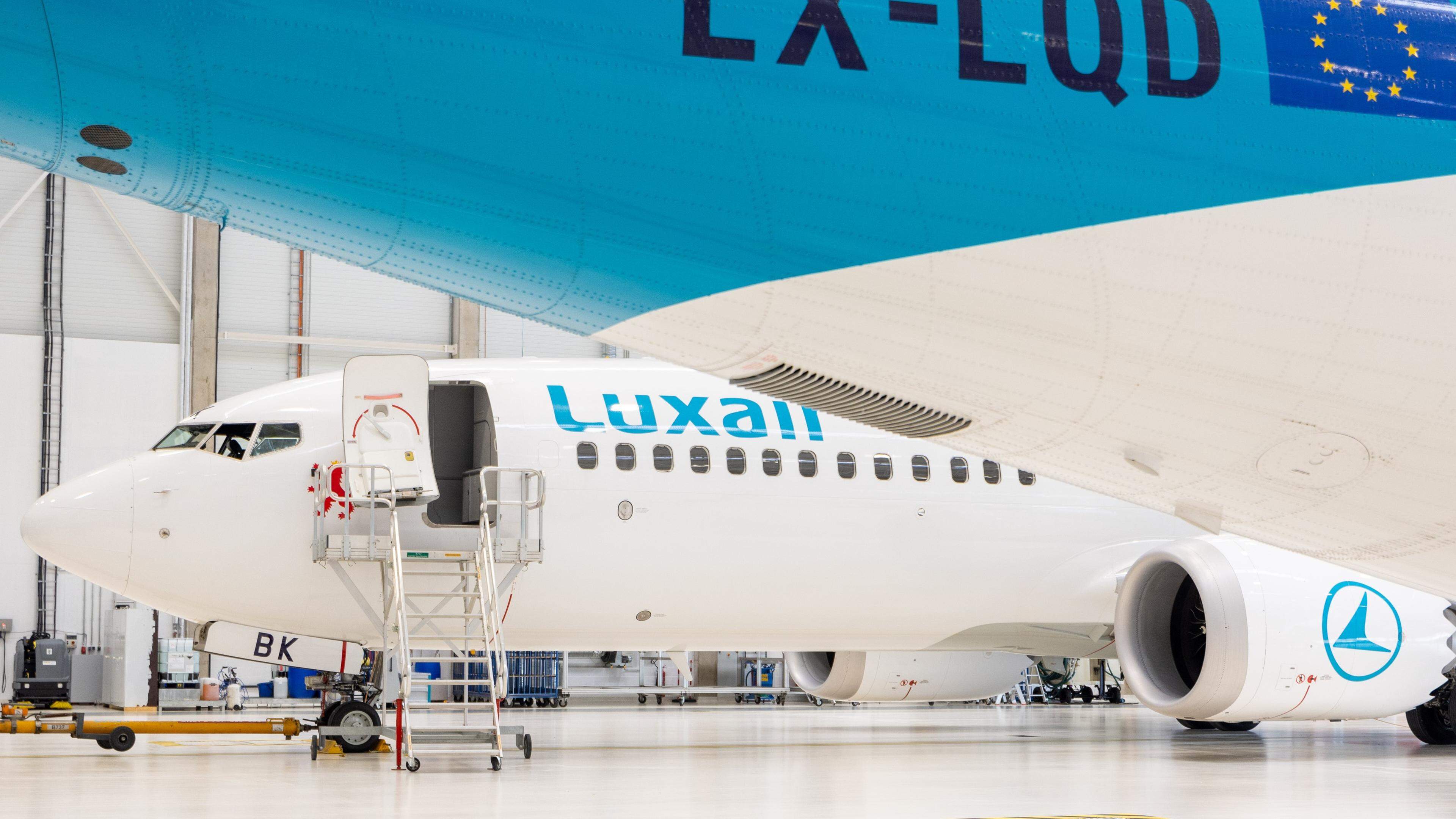
:format(webp)/s3/static.nrc.nl/wp-content/uploads/2025/05/18140148/data132354151-8ab1a1.jpg)
